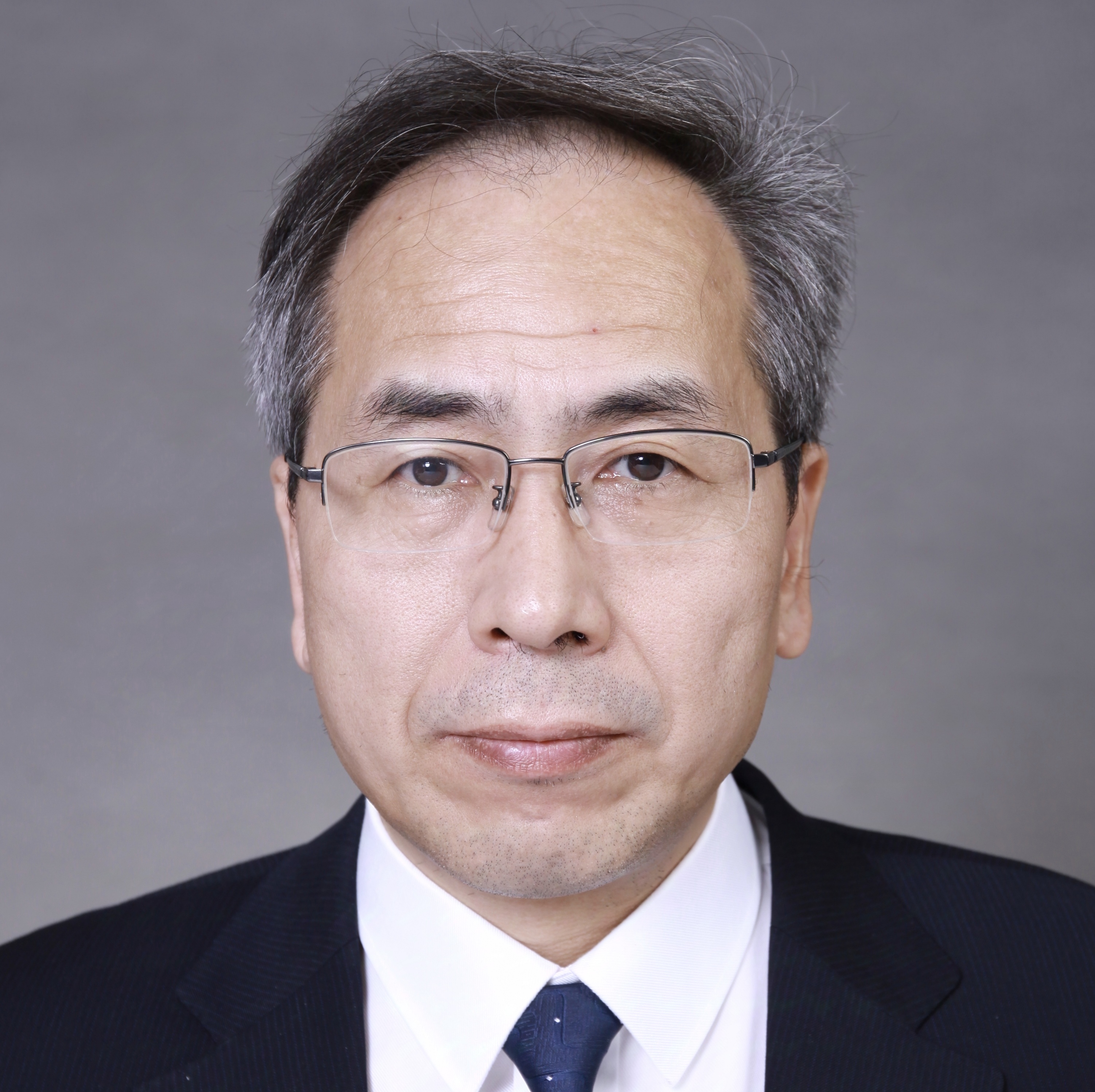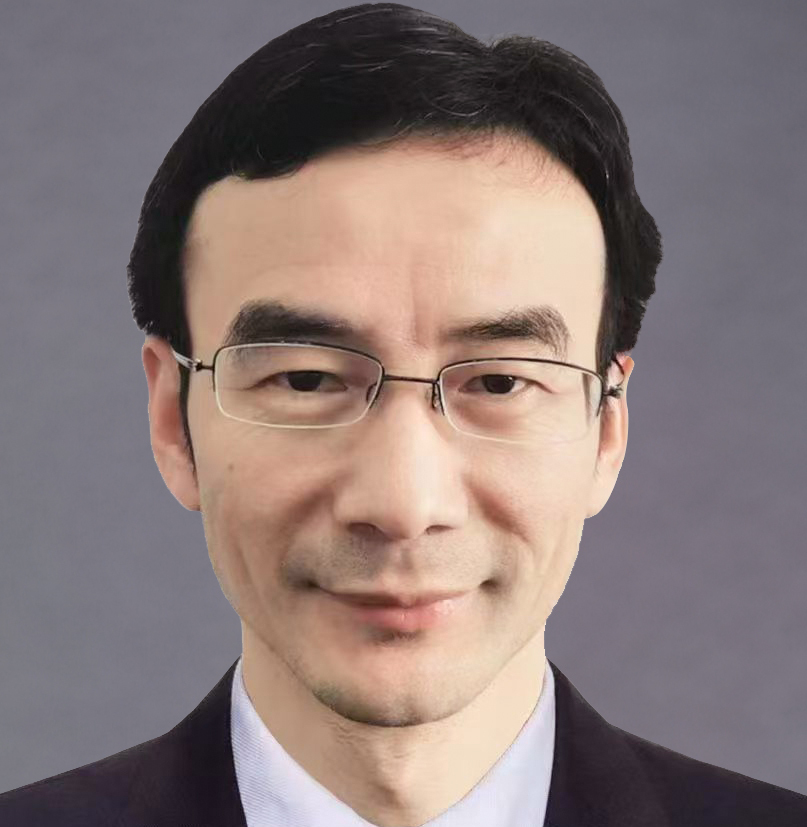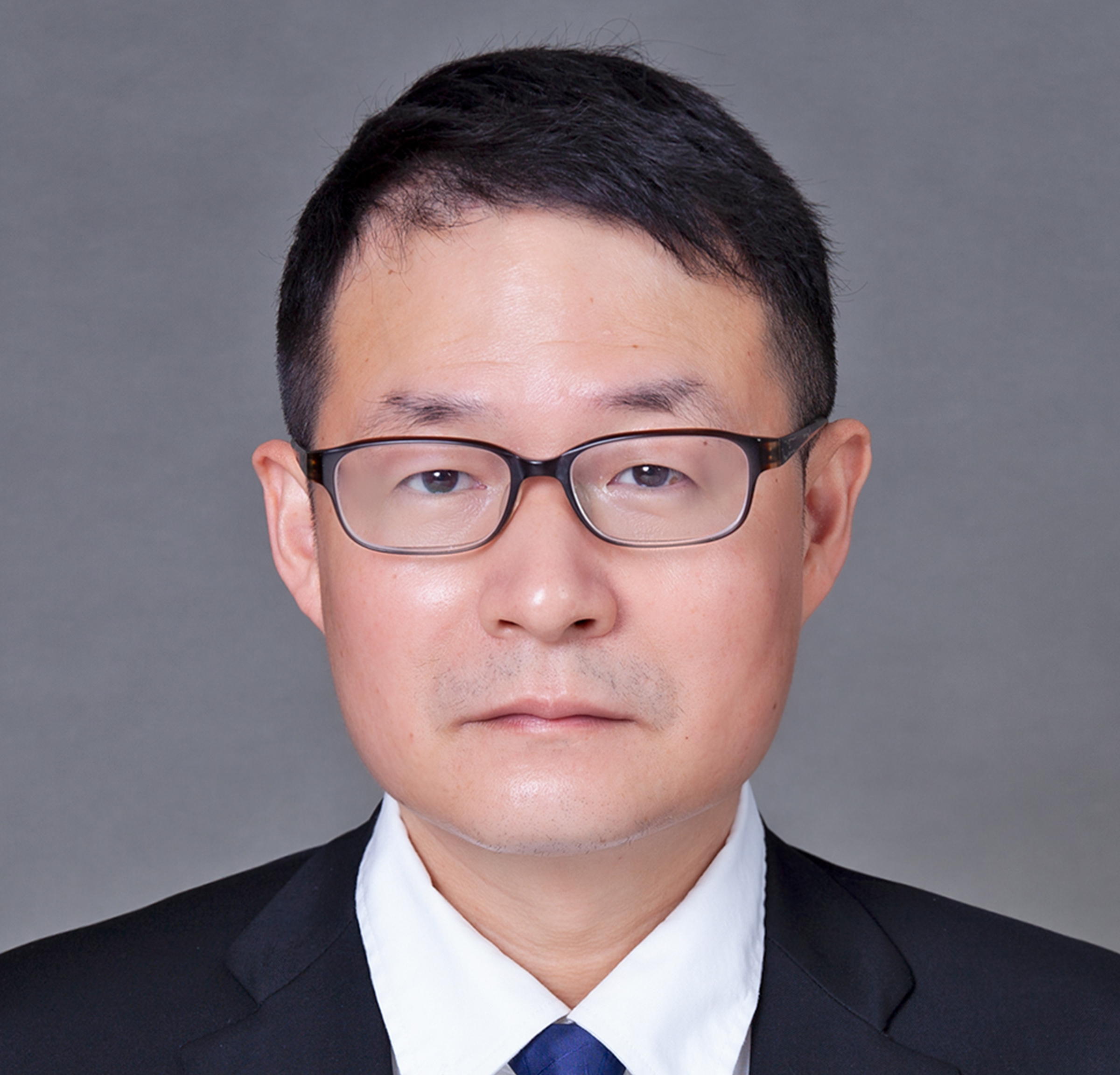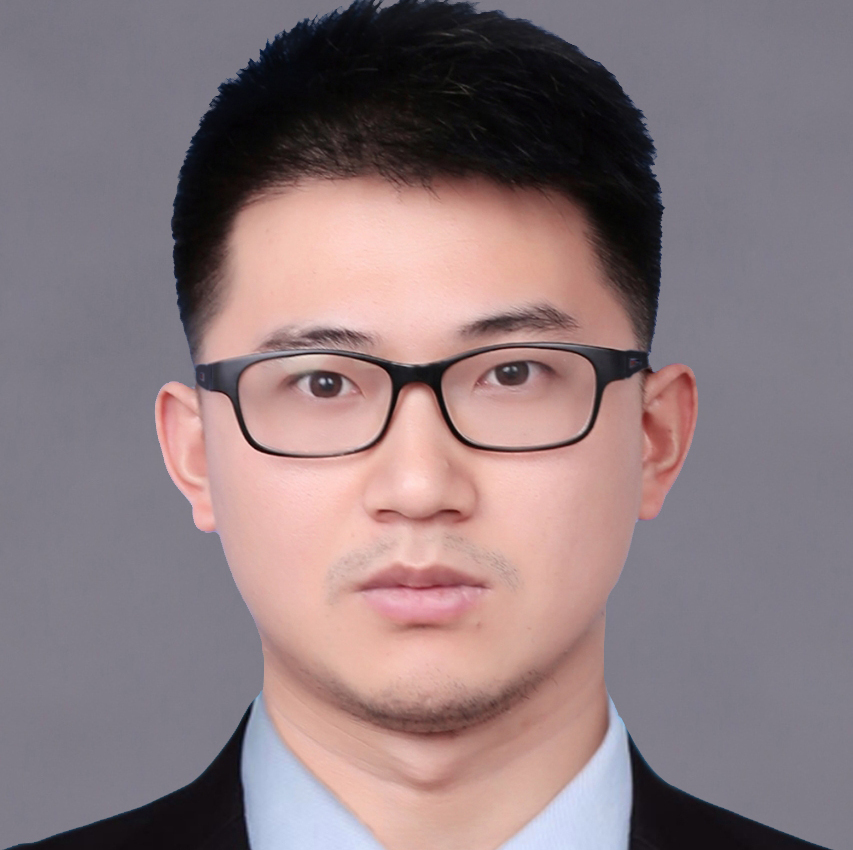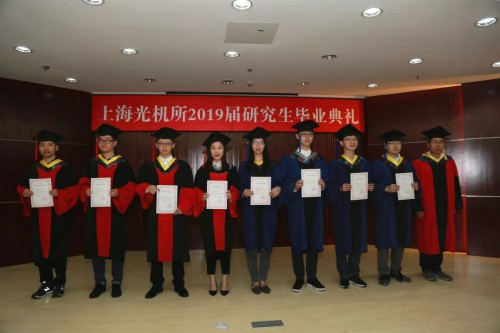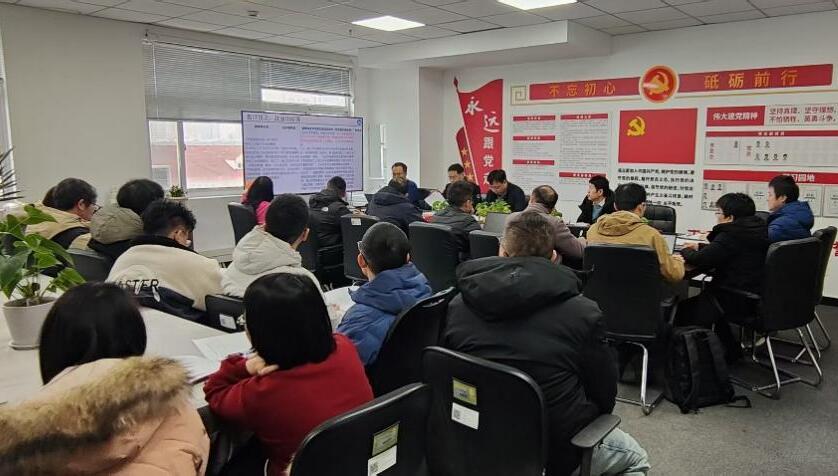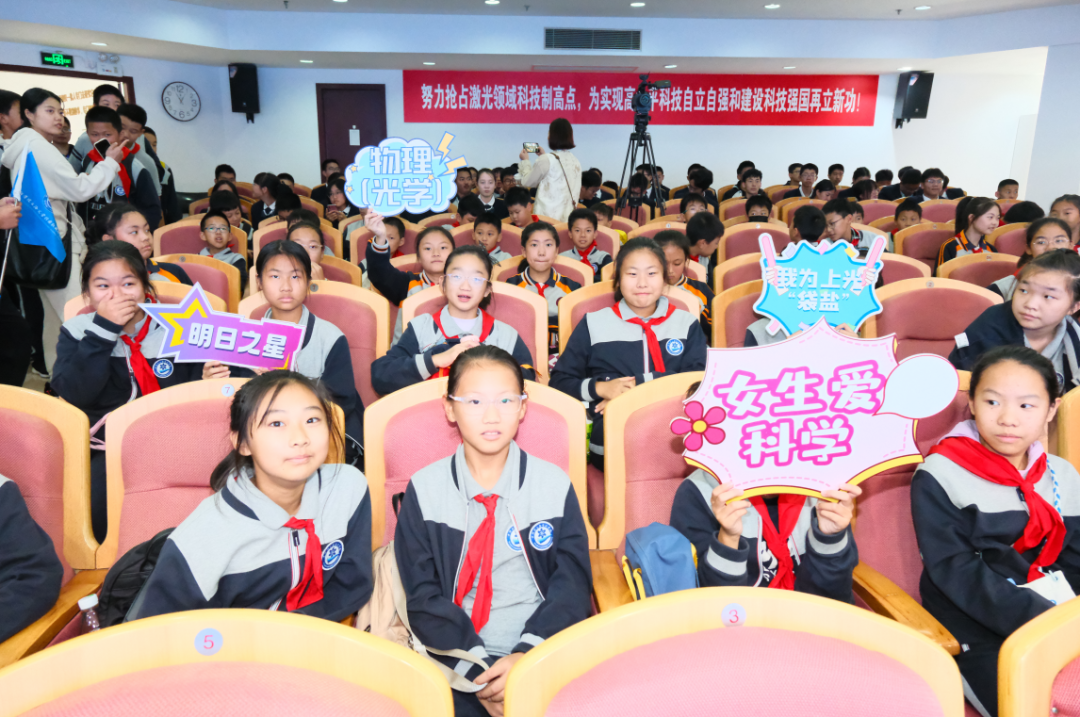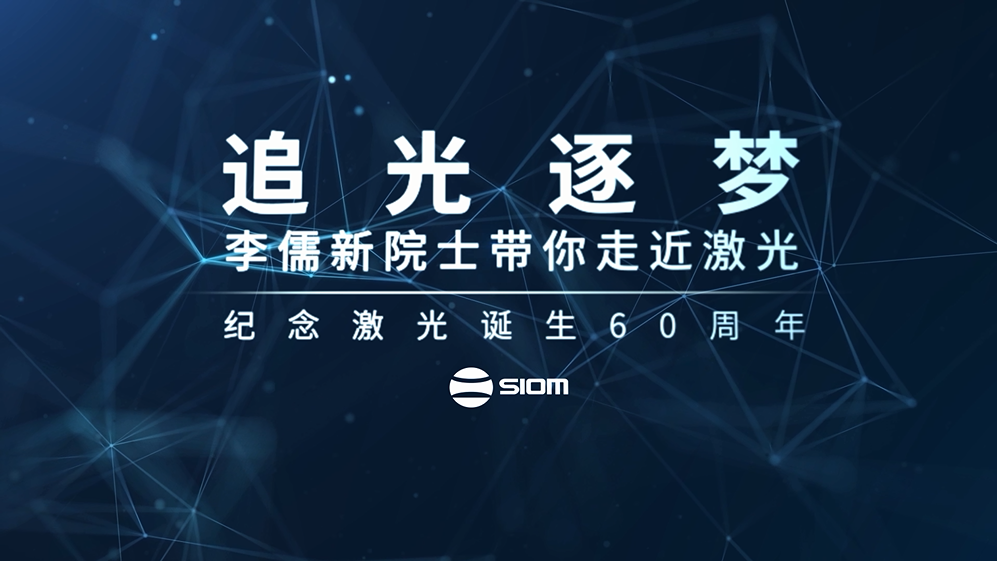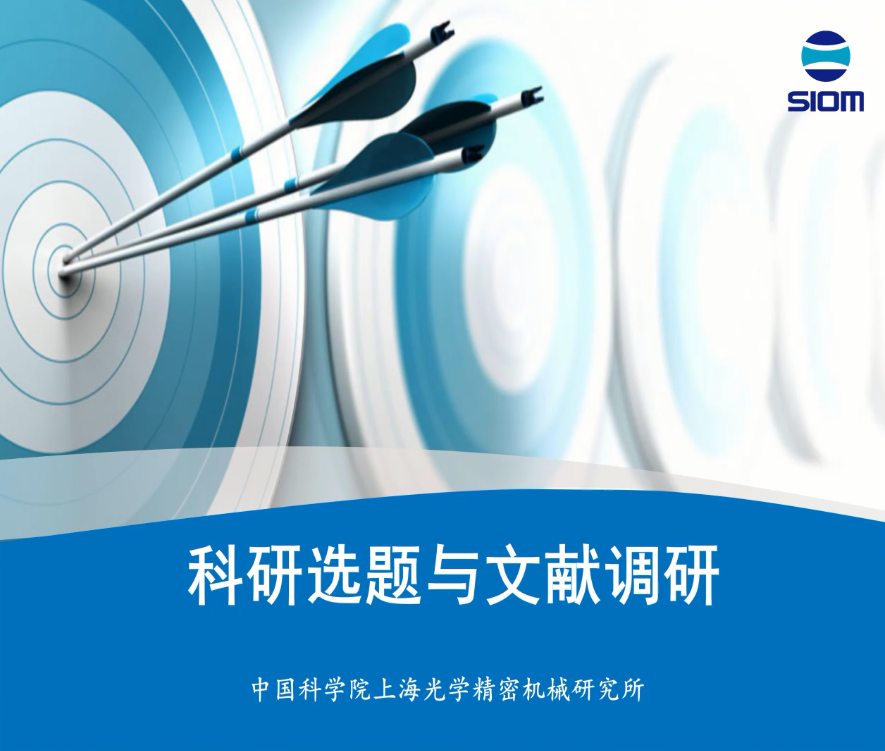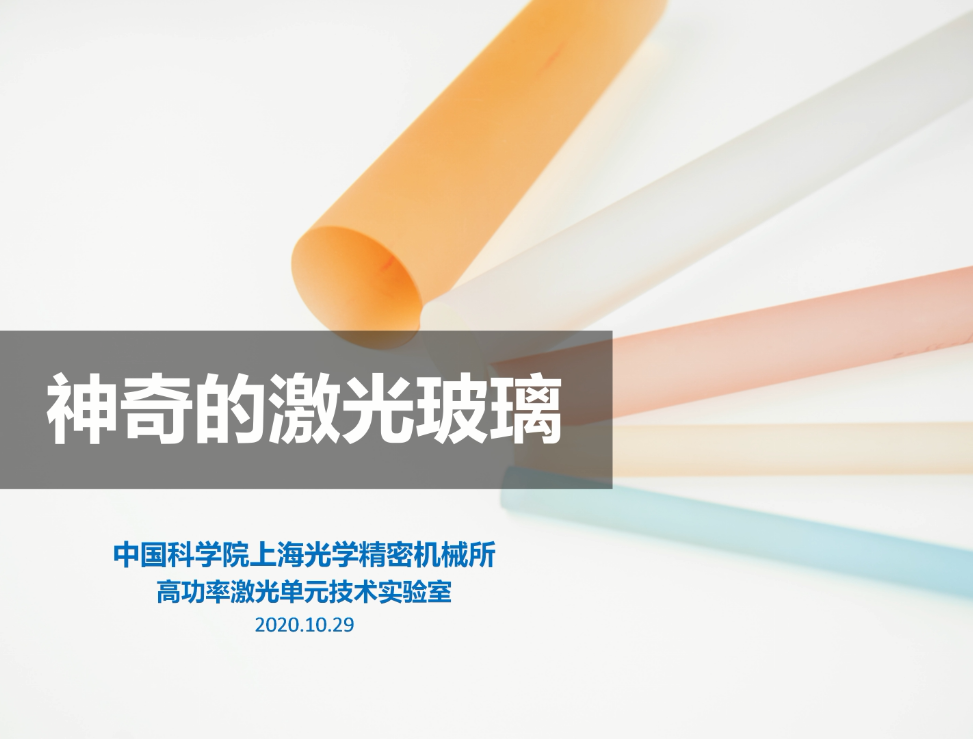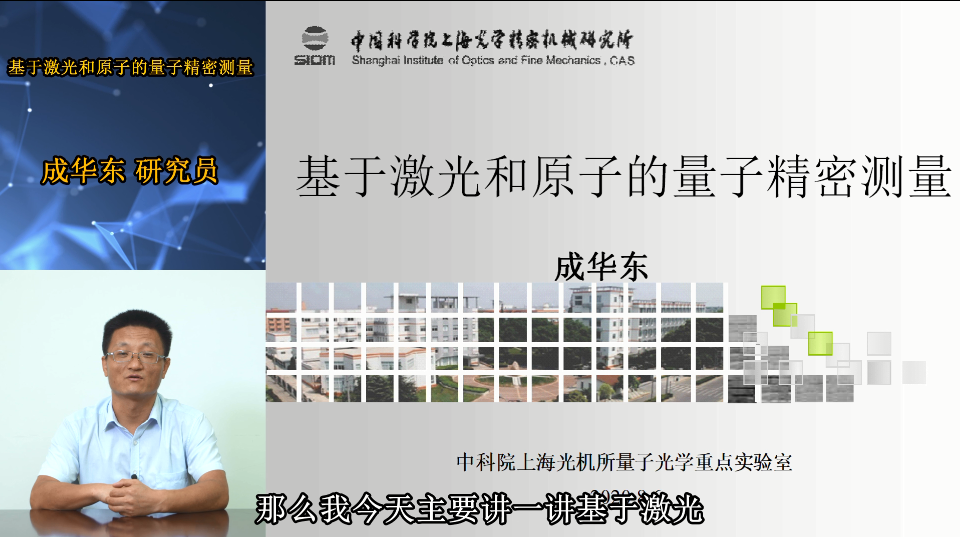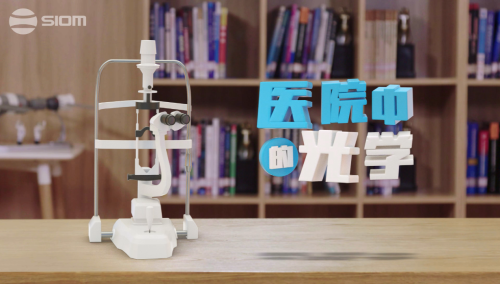题目:Synthesis and Applications of CVD-Grown 2D Materials
姓名:Dr. Niall McEvoy
单位:爱尔兰都柏林大学圣三一学院
时间:2016年1月12日(周二) 上午10:00
地点:1号楼108会议室
摘要:This presentation will focus on the growth of 2D materials, including graphene and transition metal dichalcogenides (TMDs), by chemical vapor deposition (CVD) and their subsequent assessment for use in a variety of applications. This will aim to give an overview of the ongoing research in the Architecture and Synthesis of Integrated Nanostrctures (ASIN) group in Trinity College Dublin.
In the first part of the talk, recent advances in post-growth modification and applications of CVD-grown graphene will be discussed. This will include the fabrication of graphene-Si Schottky barrier diodes[1], transfer printing of CVD graphene to intentionally introduce periodic ripples[2] and the assembly of diffusion barriers through the stacking of multiple large-area graphene sheets[3].
The second part of the talk will focus on the synthesis of TMD films by thermally assisted conversion (TAC) of predeposited metal layers. 2D TMDs, often thought of as semiconducting analogues of graphene, have moved to the foreground of the research community owing to their fascinating properties which make them of great interest for both fundamental studies and emerging applications. TAC is a method which shows promise for the scalable and industry-compatible synthesis of these materials[4]. The production of an assortment of TMDs by TAC, including MoS2 and WSe2, will be outlined and their high-quality demonstrated using an array of characterization techniques including Raman spectroscopy, X-ray photoelectron spectroscopy and transmission electron microscopy.
The potential of TAC derived TMDs for various applications in the realm of electronics and energy will be discussed. The fabrication of high-performance gas sensors, consisting of MoS2 channels, with room temperature detection limits in the ppb range for NH3 will be described in detail[5]. The fabrication of large-scale heterojunction diodes, formed by transferring n-type MoS2 onto p-type Si, will be outlined. The obtained p-n heterojunction diodes exhibit notable photoconductivity which can be tuned by modifying the thickness of the MoS2 layer[6]. Additionally, a novel catalyst platform for the hydrogen evolution reaction (HER), consisting of MoS2 (or other TMDs) grown directly on top of a carbon electrode, will be discussed[7]. TAC synthesis, characterization and potential applications of exotic TMDs, beyond the commonly reported sulfides and selenides of Mo and W, will be discussed.
Finally, the synthesis of high-quality TMDs by a true CVD processes using a microreactor and liquid-phase exfoliated precursors will be detailed[8]. The use of Raman spectroscopy, and in particular low-frequency Raman spectroscopy, to characterize these materials will be outlined[9].
References
[1] "Chemically Modulated Graphene Diodes", Hye-Young Kim, Kangho Lee, Niall McEvoy, Chanyoung Yim and Georg S. Duesberg, Nano Letters, 13(5), 2182-2188, (2013)
[2] "Controlled Folding of Graphene: GraFold Printing", Toby Hallam, Amir Shakouri, Emanuele Poliani, Aidan P. Rooney, Ivan Ivanov, Alexis Potie, Hayden K. Taylor, Mischa Bonn, Dmitry Turchinovich, Sarah J. Haigh, Janina Maultzsch, Georg S. Duesberg , Nano Letters, 15(2), 857-863, (2015)
[3] "Large-Scale Diffusion Barriers from CVD Grown Graphene", Christian Wirtz, Nina C. Berner and Georg S. Duesberg, Advanced Materials Interfaces, 2(14), (2015)
[4] "Controlled Synthesis of Transition Metal Dichalcogenide Thin Films for Electronic Applications", Riley Gatensby, Niall McEvoy, Kangho Lee, Toby Hallam, Nina C. Berner, Ehsan Rezvani, Sinéad Winters, Maria O'Brien, Georg S. Duesberg, Applied Surface Science, 297, 139-146, (2014)
[5] "High Performance Sensors Based on Molybdenum Disulfide Thin Films", Kangho Lee, Riley Gatensby, Niall McEvoy, Toby Hallam, Georg S. Duesberg, Advanced Materials, 25(46), 6699-6702, (2013)
[6] "Heterojunction Hybrid Devices from Vapor Phase Grown MoS2", Chanyoung Yim, Maria O'Brien, Niall McEvoy, Sarah Riazimehr, Heiko Schäfer-Eberwein, Andreas Bablich, Ravinder Pawar, Giuseppe Iannaccone, Clive Downing, Gianluca Fiori, Max C. Lemme & Georg S. Duesberg, Scientific Reports, 4, 5458, (2014)
[7] "Molybdenum disulfide/pyrolytic carbon hybrid electrodes for scalable hydrogen evolution", Hugo Nolan, Niall McEvoy, Maria O'Brien, Nina C. Berner, Chanyoung Yim, Toby Hallam, Aidan R. McDonald and Georg S. Duesberg, Nanoscale, 6, 8185-8191, (2014)
[8] "Transition Metal Dichalcogenide Growth via Close Proximity Precursor Supply", Maria O'Brien, Niall McEvoy, Toby Hallam, Hye-Young Kim, Nina C. Berner, Damien Hanlon, Kangho Lee, Jonathan N. Coleman & Georg S. Duesberg, Scientific Reports, 4, 7374, (2014)
[9] “Mapping of Low-Frequency Raman Modes in CVD-Grown Transition Metal Dichalcogenides: Layer Number, Stacking Orientation and Resonant Effects", Maria OBrien, Niall McEvoy, Damien Hanlon, Jonathan N. Coleman, Georg S. Duesberg, Scientific Reports, Just Accepted
所办公室
2016年1月7日



